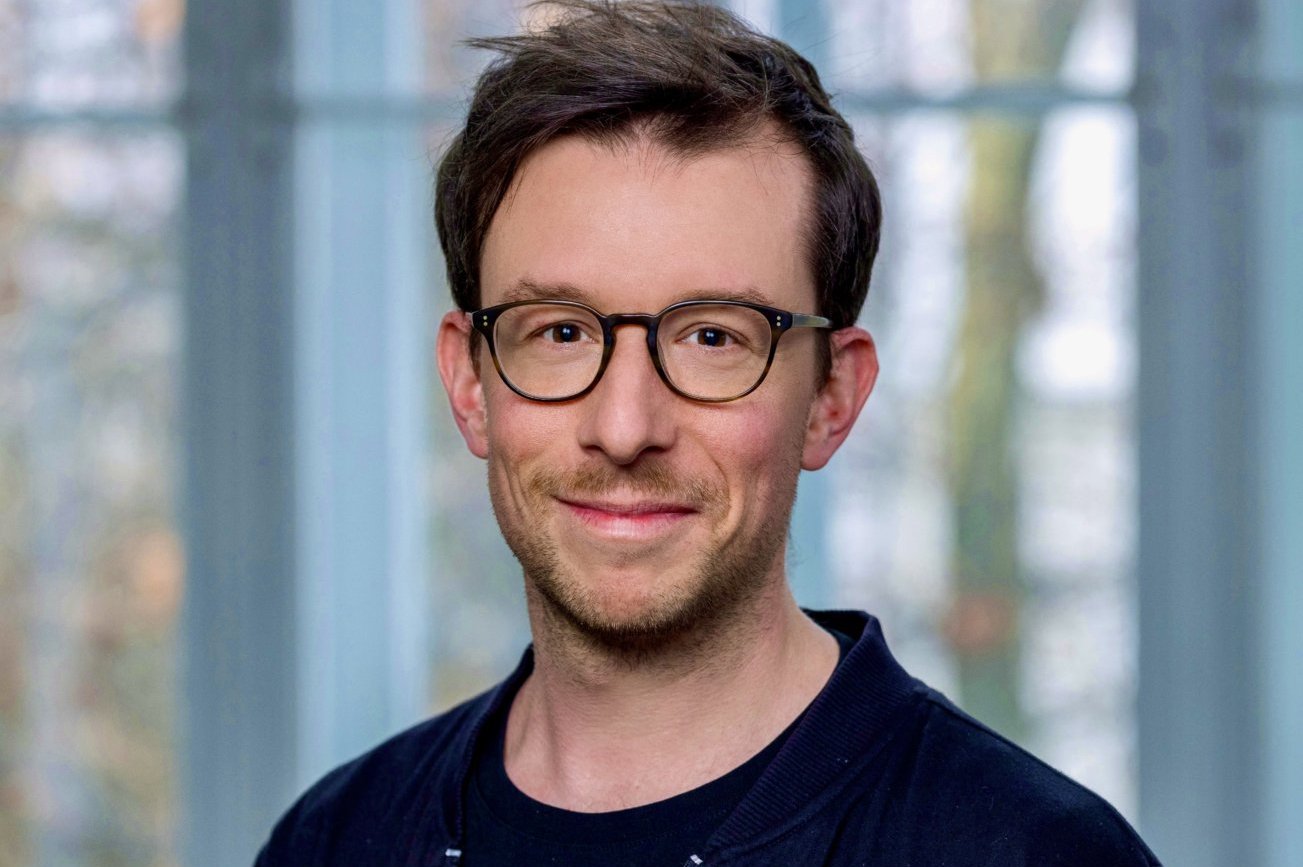
(Vienna, 17 May 2024) First author Philipp Velicky, Head of MedUni Vienna's Imaging Core Facilities, has been awarded the "Scientific Milestone Award 2024" by the Wilhelm Exner Medal Foundation for his presentation of an innovative method for imaging brain tissue at this year's Exner Lectures.
The brain is a highly complex organ. In humans, it consists of around 86 billion neurons, and each of these neurons is connected to other neurons via thousands of synapses. Understanding such complexity is extremely difficult and requires technologies that can decode the tiny, intricate interactions that take place in the brain at a microscopic level. Imaging techniques are therefore crucial tools in neuroscience.
Until now, the choice has been between imaging chemically fixed (no longer living) tissue at high resolution using electron microscopy, which is tedious when done in 3D and offers little molecular information, or using fluorescence microscopy. The latter enables the specific observation of individual molecules even in living tissue, albeit with limited resolution.
The method now developed by an interdisciplinary team, called LIONESS (Live Information Optimized Nanoscopy Enabling Saturated Segmentation), is a pipeline for imaging, reconstructing and analysing living brain tissue with unprecedented spatial resolution and completeness. A two-stage deep learning-based process helps to make the image sufficiently gentle on the living cells and also to automatically segment and reconstruct the highly complex arrangement in 3D.
"For the first time, LIONESS enables us to reconstruct living brain tissue comprehensively and densely. By imaging the tissue multiple times, LIONESS allows us to observe and measure how dynamic cell biology takes its course in the brain," says first author Philipp Velicky, Head of the Imaging Unit at MedUni Vienna's Core Facilities. "The result is a three-dimensional, reconstructed image of the cellular structures. The fourth dimension is time - the sample can be imaged over minutes, hours or days," he adds. In addition, neuronal activity and specific molecules can be visualized at the level of individual synapses using selected staining methods.
Exner Medal Foundation
The foundation was established twice, in 1921 and 2021, by the Austrian Trade Association to promote Austrian and international scientific achievements and developments, in particular for their direct applicability and implementation for the benefit of economic development and thus to improve the living conditions of the population. It awards the Wilhelm Exner Medal annually and organizes a "Lecture" event.
About the person
Philipp Velicky studied molecular biology at the University of Vienna, with his diploma thesis carried out at the University of Oxford. After his PhD studies at MedUni Vienna with Martin Knöfler in the field of human placenta research, he worked as a postdoc at the Institute of Science and Technology Austria (ISTA). There, as part of an interdisciplinary team, he developed a new light microscopy method to record and reconstruct living brain tissue in three dimensions and with high resolution (in the nanometer range). For the first time, the method allows the simultaneous recording of cellular morphology and dynamics with neuronal activity at the level of individual synapses. Philipp Velicky has headed the Core Facility Unit Imaging at MedUni Vienna since February 2023.
Publication: Nature Methods
Dense 4D nanoscale reconstruction of living brain tissue
Philipp Velicky, Eder Miguel, Julia M. Michalska, Julia Lyudchik, Donglai Wei, Zudi Lin, Jake F. Watson, Jakob Troidl, Johanna Beyer, Yoav Ben-Simon, Christoph Sommer, Wiebke Jahr, Alban Cenameri, Johannes Broichhagen, Seth G. N. Grant, Peter Jonas, Gaia Novarino, Hanspeter Pfister, Bernd Bickel & Johann G. Danzl
Nature Methods volume 20, pages 1256–1265 (2023)
https://www.nature.com/articles/s41592-023-01936-6
https://doi.org/10.1038/s41592-023-01936-6